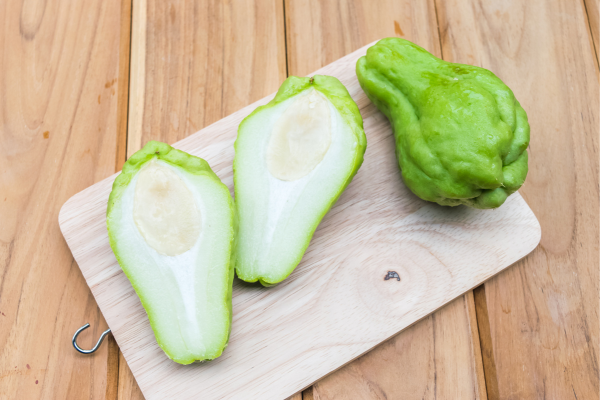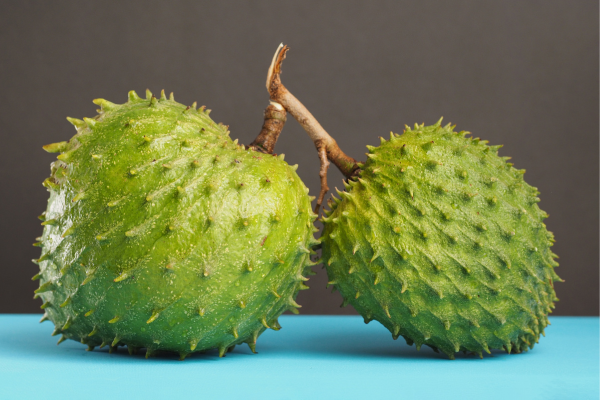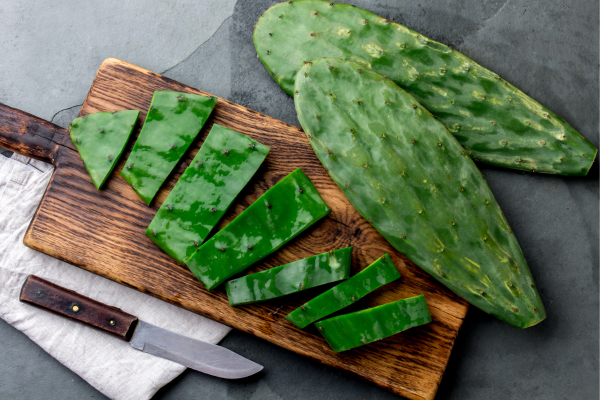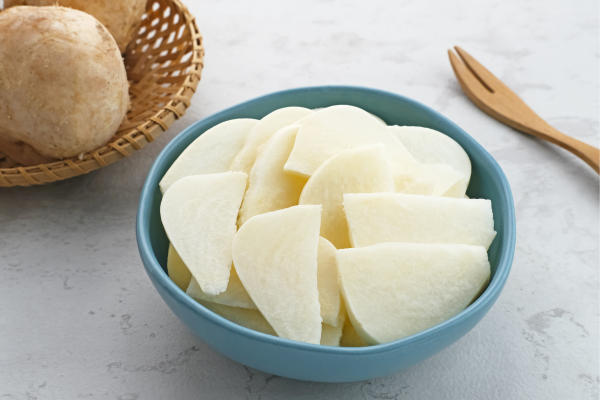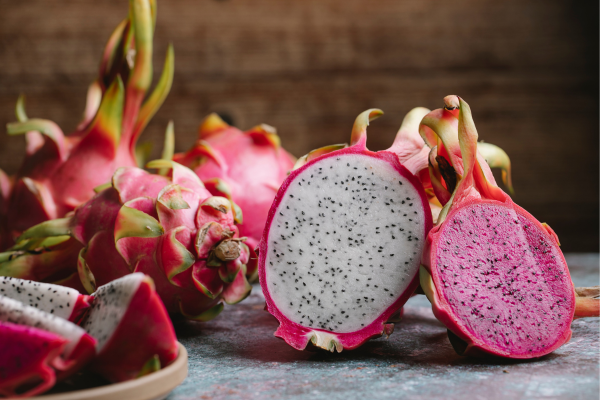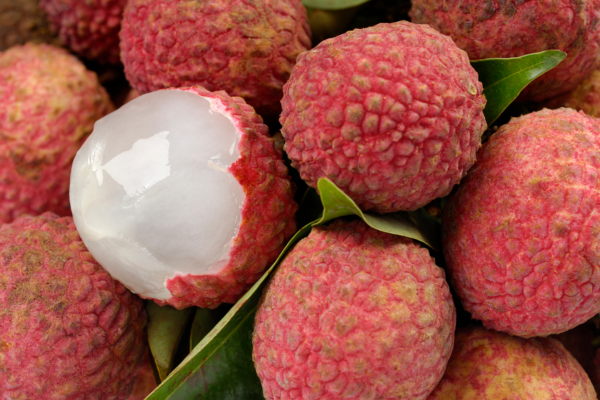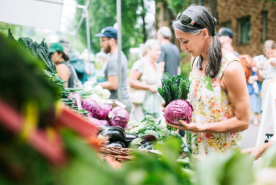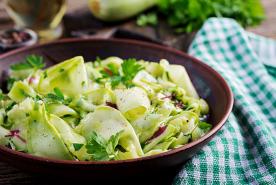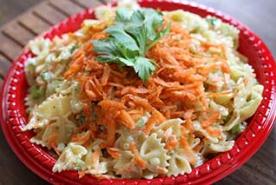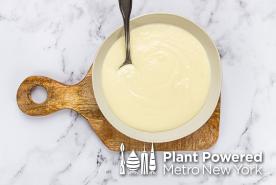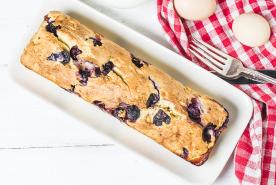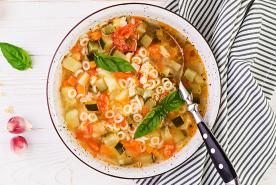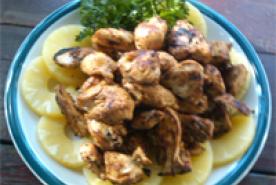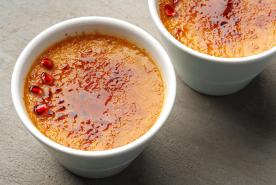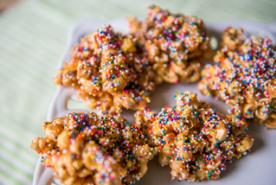June 17, 2025
Low potassium diets don't mean boring meals. Discover 10 exciting and tasty food options for your kidney-friendly lifestyle.
Looking for new low-potassium foods to enjoy? Good news—there are plenty of delicious options that may work with a kidney disease-friendly diet. Here are 10 worth trying.
Potassium and Kidney Disease
Download or listen to 'High Potassium and Kidney Disease' later.
Potassium is a mineral that helps the heart, muscles, and nerves work properly. Damaged kidneys may not remove enough potassium from the blood.
This can cause serious health issues like:
- Muscle cramping
- Heart problems
- Death
In the early stages of kidney disease, there’s usually no need to limit potassium in the diet unless your blood levels are high.
In later stages of kidney disease or when the kidneys have completely failed, a doctor or kidney dietitian may recommend
- Foods that are low in potassium
- Foods higher in potassium that are not easily absorbed, like plant-based foods high in fiber.
It’s important to know that people with kidney disease can also have low blood potassium, which can be just as dangerous as high potassium levels. So, please discuss your potassium levels with your healthcare team.
Because everyone is different, you need to know your potassium levels.
1. Horned Melon
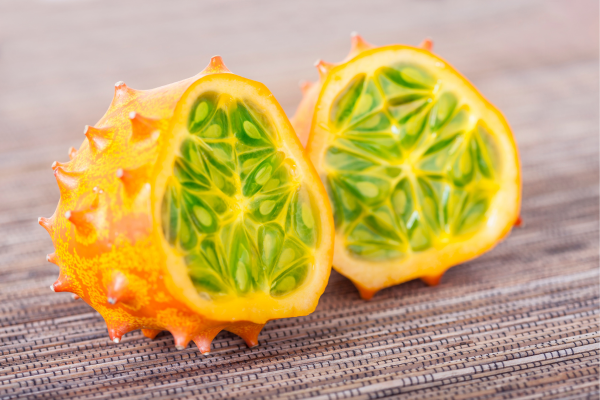
Potassium: 143 mg per ½ cup, raw
Horned melon or kiwano is a beautiful fruit with bright orange skin and little spikes. The green, jelly-like insides taste like a mix of cucumber and kiwi–slightly sweet and a little tangy. Eat it with a spoon, add it to fruit salads, or use it as a fun topping.
4. Dandelion Greens
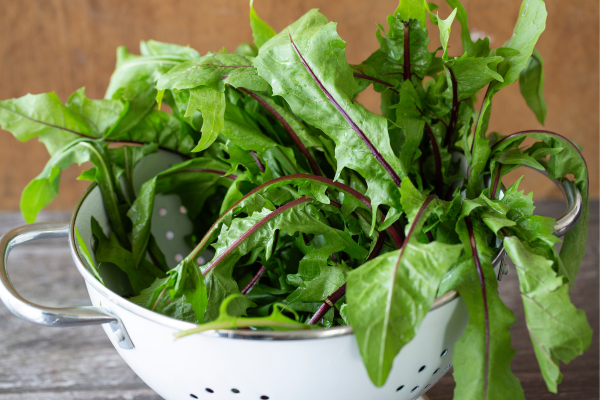
Potassium: 164 mg per ¾ cup, raw
You may know dandelions from the bright yellow flowers that pop up in the spring. But did you know that the greens from this plant are edible? They have a slightly bitter taste and can be eaten raw in salads, sautéed with garlic, or tossed into soups for extra flavor.
Subscribe today!
Join the NKF Blog Newsletter
Get inspirational stories and kidney disease resources delivered to your inbox every month. You'll gain practical insights and expert advice to help you better understand and manage your kidney health, no matter where you are on your kidney journey.
Find the Perfect Recipe
View our kidney superfoods or find kidney-friendly recipes.
*This is for informational use only and not a substitute for medical or dietary advice. Consult your healthcare provider or dietitian for personalized guidance.



